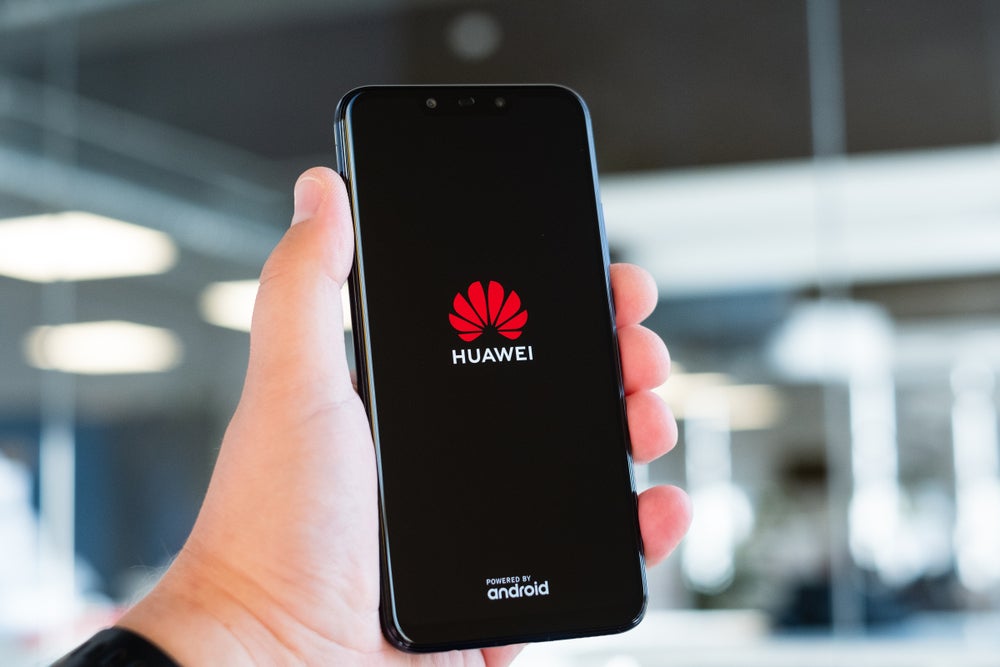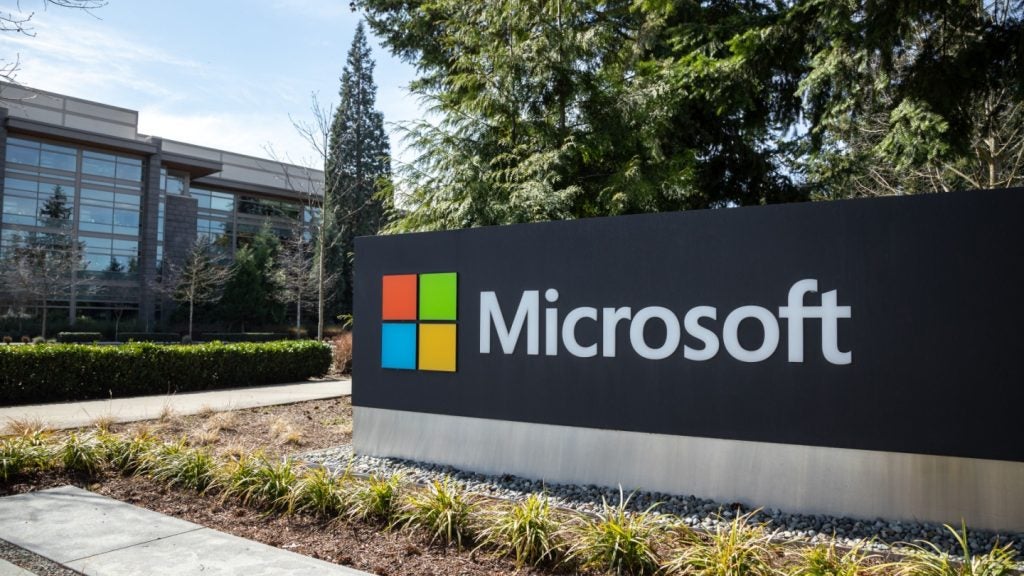
There’s never been a tech story like the Huawei-Trump bust-up. The trade war fallout is likely to be making industry headlines throughout the rest of 2020, and beyond.
The Chinese manufacturer’s latest move is to partner with the Dutch mapping provider TomTom for its own mobile mapping, location and navigation app developer ecosystem. It is the most significant display to date of its strategic distancing from Silicon Valley.
Leader of the banned
Last year, US President Trump banned US companies from working with Huawei for goods ‘connected to national security’. Although that doesn’t strictly apply to Huawei smartphones already in circulation in the US market, it left the Chinese manufacturer in a quandary regarding future 5G smartphones and tablets.
Google was one of the first in Silicon Valley to toe Trump’s line, essentially blocking Huawei devices from receiving Google software updates. Although the trade war has been off and on throughout last year, Trump appears set to keep the pressure on.
That’s a massive issue for the Chinese manufacturer. This is because 2020 is anticipated to be the year we see lower-cost, mid-range 5G handsets arrive. However, the Google security app update ban essentially bars Huawei from competing for this business in the largest western market.
The vast majority of Android devices currently available today rely on Google Maps. Other key Google software assets include Search, Gmail, and Chrome, as well as the Google Play Store. In contrast iOS devices depend on Apple’s own software ecosystem.
How well do you really know your competitors?
Access the most comprehensive Company Profiles on the market, powered by GlobalData. Save hours of research. Gain competitive edge.

Thank you!
Your download email will arrive shortly
Not ready to buy yet? Download a free sample
We are confident about the unique quality of our Company Profiles. However, we want you to make the most beneficial decision for your business, so we offer a free sample that you can download by submitting the below form
By GlobalDataHuawei won’t die
Not that anyone expected Huawei to just roll over and die. Huawei’s response to the Google ban has been to talk up the creation of its own suite of Huawei Mobile Services (HMS) for future Huawei smartphones and tablets. This is a project clearly aiming to take on both Google and Apple’s duopoly in the global mobile OS space. It will also maintain 5G device relevance in other western markets.
The company has now announced that its own HMS will rely on TomTom for mobile mapping, location and navigation. This is easily one of the most popular and well-utilized set of mobile software features worldwide. It is also vital to hundreds of apps and developers creating new mobile app services and mash-up experiences.
New opportunities for 5G mobile app developers
Political issues aside, the move may be no bad thing for consumers. The Apple/ Google mobile OS stranglehold on the global smartphone business has been in place now for well over a decade. An alternative, particularly timed together with the arrival of 5G, could create new opportunities for 5G mobile app developers. This potentially brings to market the kind of truly unique and differentiated experiences the industry clearly lacks to date.
Flagship ready to be launched
Huawei has stated that the HMS will be ready for the launch of its next flagship, the P40, due to be unveiled in March. Look for large crowds around the Huawei stands at MWC2020 Barcelona this year. If there’s ever been a challenge to Google and Apple’s global OS dominance, it will be coming from this stand.






Related Company Profiles
Google LLC
HMS Holdings Corp
Apple Inc